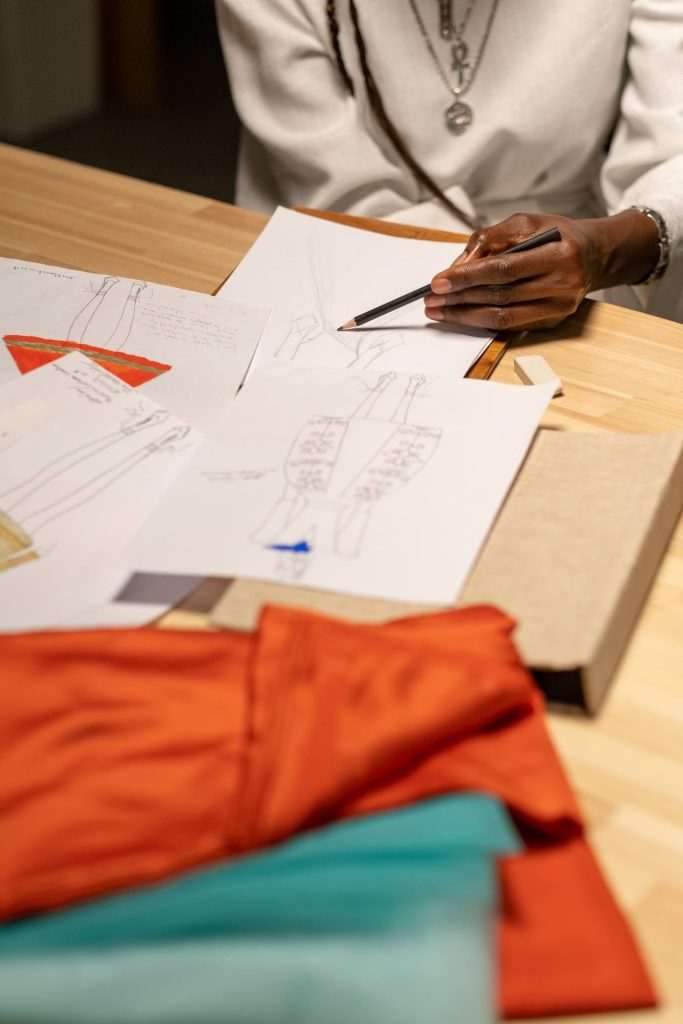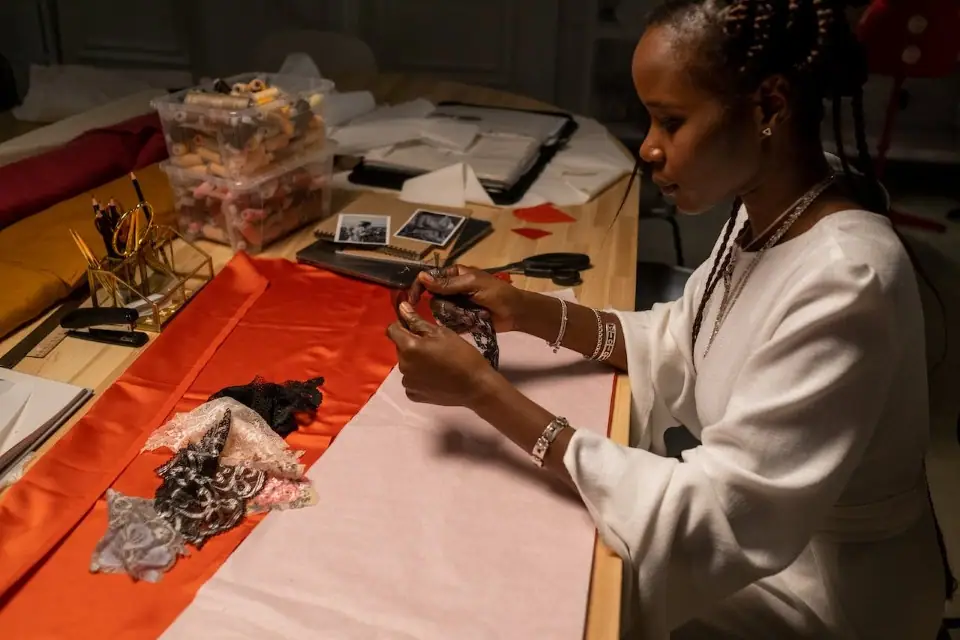Fashion designers create original clothing, accessories, and footwear. Their job duties include researching trends, sketching designs, selecting fabrics and materials, and overseeing production. It’s a competitive career that requires creativity and a passion for fashion. So how lucrative can this glamorous profession be?
The Earning Potential for Fashion Designers
According to the U.S. Bureau of Labor Statistics, the average annual salary for fashion designers in the United States is around $76,000. However, salaries can vary quite a bit based on factors like:
Experience Level
The more established and experienced a designer is, the more they typically earn. Entry-level fashion designers just starting out can expect to make around $30,000 to $45,000 per year. Mid-level designers with 5-10 years of experience tend to make $50,000 – $80,000. High-end fashion designers at the peak of their careers can make $100,000 or more.
Employer Type
Designers employed by large fashion houses and brands tend to earn higher salaries than independent designers. Large employers have bigger budgets to compensate designers and often offer benefits packages as well.
Location
Fashion designers working in major fashion centers and cities like New York, Paris, and Milan have access to more job opportunities and tend to earn higher pay than designers based elsewhere.

Prestige Level
High-end designers creating couture or luxury ready-to-wear lines will be better compensated than designers focused on mass market brands and retailers.
In addition to base salary, many successful fashion designers earn extra income from royalties and revenue sharing if their designs generate strong sales.
Variables Impacting Income
A designer’s annual income can fluctuate quite a bit based on the success or failure of each fashion season. Even well-established designers have collections that occasionally flop if that season’s designs don’t resonate with consumers.
Additionally, economic recessions can greatly impact the fashion industry. During tough economic times, consumers cut back on discretionary spending, negatively affecting apparel and accessory sales.
Finally, technology shifts like increased online shopping have forced some designers to rethink their distribution methods and find new ways to generate profits. Designers that keep up with the changing retail landscape tend to experience less income volatility.

Supplementing with Side Hustles
Due to the unpredictable income streams in fashion design, many in the industry supplement their earnings with side gigs.
Teaching is a popular choice, with many designers teaching at fashion colleges or through online courses. Writing books related to fashion or design provides another creative outlet and revenue stream.
Some designers also pursue freelance projects outside their main jobs, whether it’s designing costumes for performances or collaborating on capsule collections with mass retailers. Still others do consulting work advising brands on design direction.
The opportunities available to established designers allow them to smooth out their incomes and rely less on the commercial success or failure of a few seasonal collections.
Overcoming Challenges
While a career in fashion design offers immense creative fulfillment, the road to financial success has many challenges. Economic conditions, changing consumer preferences, and rising operational costs all impact earning ability. However, experienced designers that consistently deliver designs aligned with customer demand tend to thrive through recessions and other challenges. Though it requires hard work, creativity, and an entrepreneurial mindset, fashion design can ultimately be a lucrative field for those able to put in the effort required to build a resilient brand.

